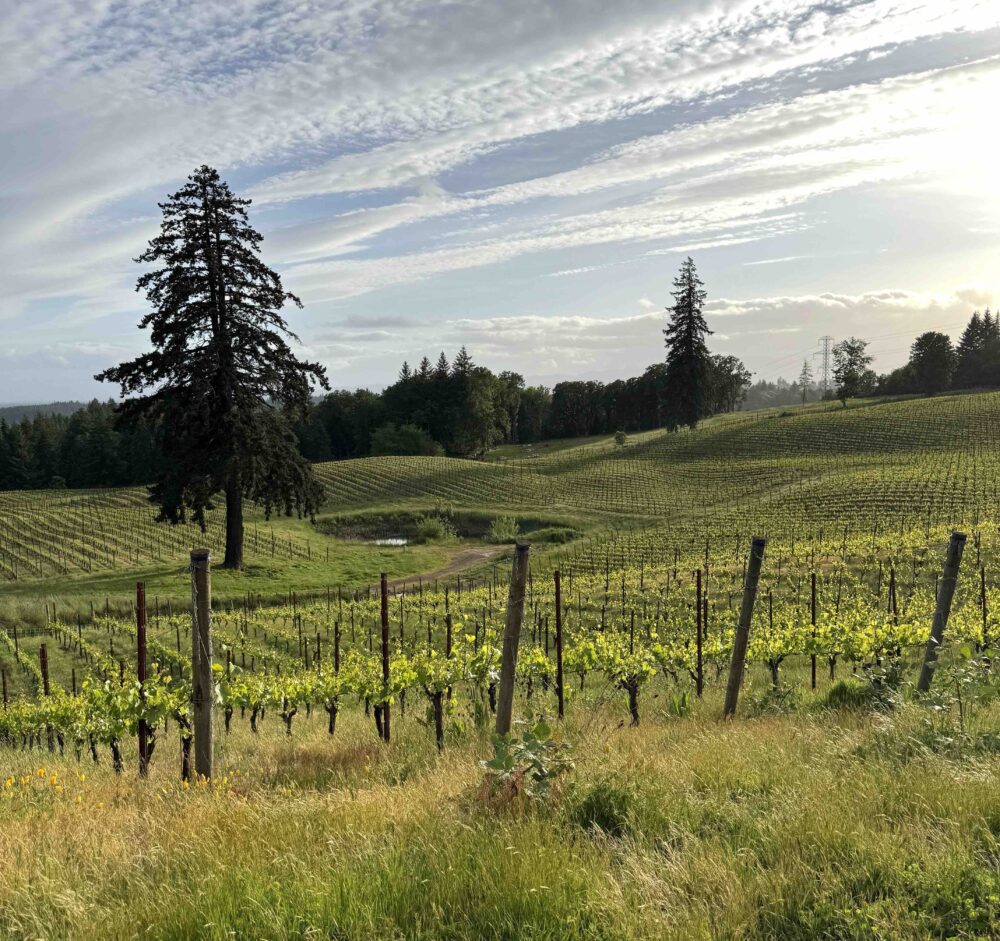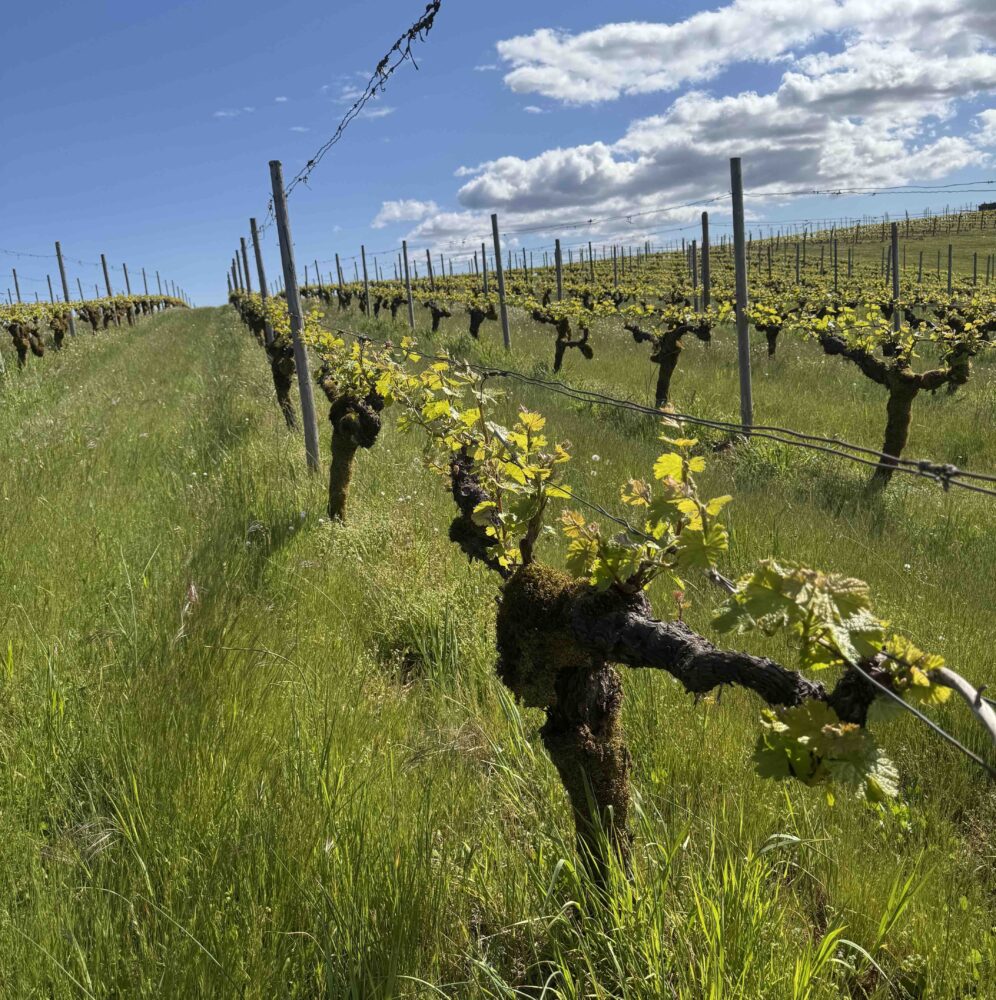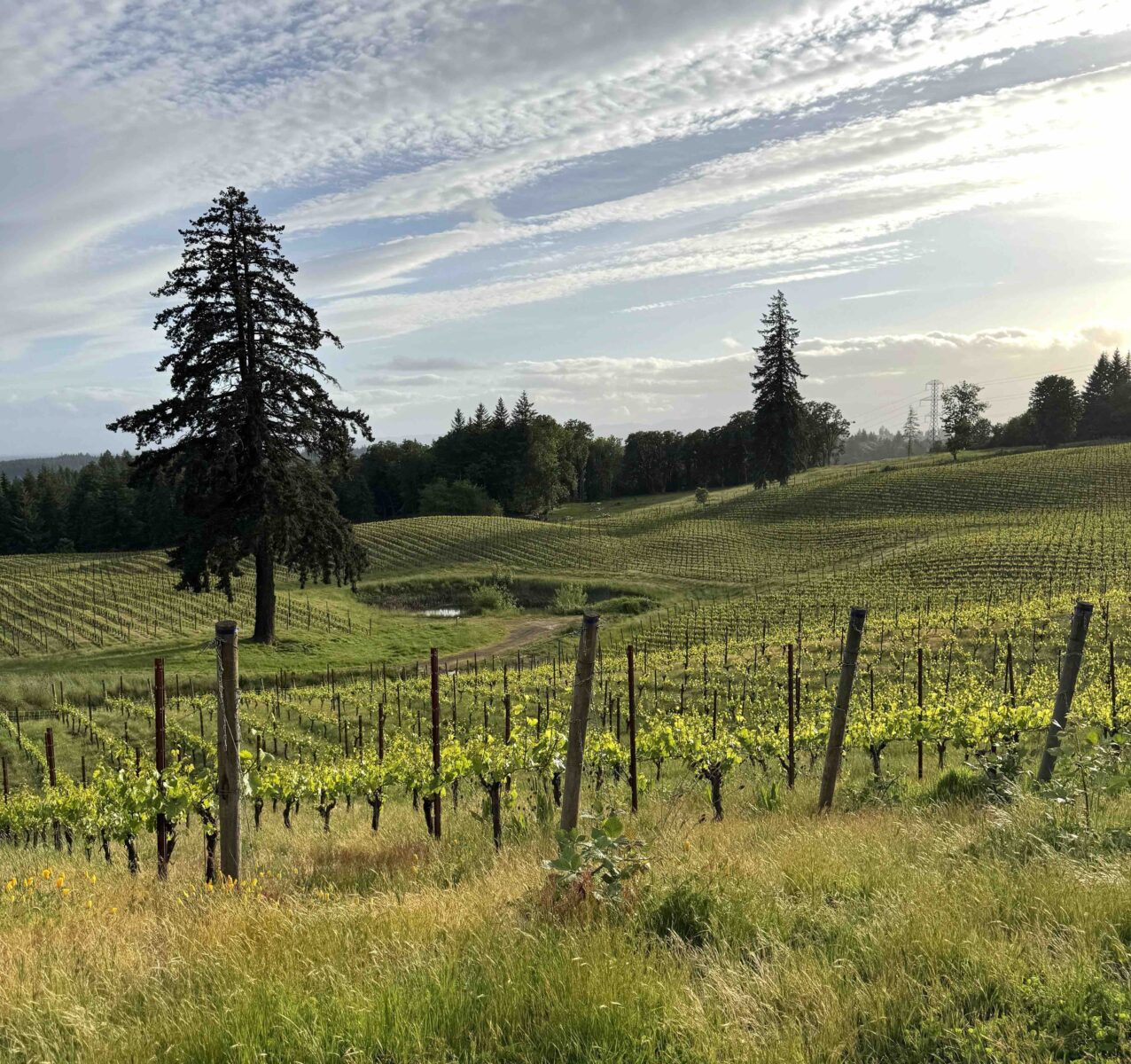
Willamette Valley 2023 and 2022
This report takes an in-depth look at the Willamette Valley’s current and upcoming releases of the 2023 and 2022 vintages. Having concluded my coverage of Sonoma, looking at the same vintages, there is minimal overlap in the story concerning the 2023 harvest. While 2023 was notably cool and a late vintage in Napa and Sonoma, the Willamette Valley was characterized as a warm vintage, with harvest schedules occurring before Sonoma. It was a compressed growing season, but under relatively easy conditions across the region, with a logistical hustle at harvest time when ripeness came rapidly. Looking first to the red wines, many initially gave the impression of offering more immediacy and lushness upfront. However, I noted a good deal of definition in the underlying tannin structure, with relatively lower acidity levels and pHs that averaged higher compared to 2022. While they are darker fruited, they have great definition, and there are many exceptional and great wines coming from top producers. The white wines, interestingly, often presented characteristics more reflective of a cool climate and frequently seemed closer to classic in style for the Willamette Valley, and more producers are continuing to raise the bar in this category.
2023 Growing Season
A fairly early budbreak in the spring was very nice and was followed by a good bloom. In some respects, the 2023 season marked a return to normalcy, considering the past several vintages. This was particularly evident given the frost and delayed season of 2022, the impact of the heat dome in 2021, and the smoke of 2020. By contrast, 2023 and 2024 were a welcome relief to most of the growers and producers I met with, as these vintages were notably easier in terms of vineyard management. The growing season saw typical Oregon temperatures, averaging 85 degrees Fahrenheit. One notable exception to this was a four-day stretch in May, which saw record-high temperatures for that time of year above 90 degrees Fahrenheit. Although this accelerated the process initially, it did not cause damage or result in setbacks, and temperatures and climate bounced back to ideal conditions. There was no rain in May at all, with a little bit of welcome rain in June. The vineyards were in full bloom in June, so it was a beautiful setup for flowering.
August also experienced a heat wave from the 13th to the 17th, with temperatures reaching as high as 100 degrees. Grant Coulter at Hundred Suns noted that this resulted in some sunburn on the western side, but they were able to sort that out easily. At Sequitur, Mike Etzel has been working to mitigate these growing heat concerns by implementing a taller canopy and is leaving more leaves to shade the fruit zone to protect from the 4:00 pm afternoon sun.
During harvest, the race was not to bring fruit in due to rain, as it was in 2022, but rather to bring the fruit in due to rapid ripening. Coming into the end of the 2023 season, the harvest had to be rushed as the fruit became ripe very quickly. At Purple Hands, Cody Wright noted that they were completely finished with their harvest by the beginning of October. Yields were moderate, as Grant Coulter noted when said he would have liked to see higher yields in some of the vineyards. On the other hand, Jim Anderson at Patricia Green called 2023 –his thirtieth vintage – the greatest vintage he’s ever seen – warmer, drier, and easy.
2022 Growing Season
The growing season of 2022 began with an unusually late start with cold temperatures, and April saw a devastating frost on the 15th. Chardonnay was particularly impacted in many regions, ranging from a mere frost to what others experienced as a full-on freeze. Higher elevation sites, notably those of the Eola-Amity Hills, were largely spared, although this generally set back the harvest by two to four weeks across the region. Despite the losses, which were initially estimated to be around 60% or greater, there was a significant push in the secondary buds, and warm temperatures bolstered crop levels later in the season, ultimately resulting in a small increase in yields compared to 2021. From April through the end of June, average temperatures remained five degrees lower than the 30-year temperature average. This cool weather also threatened disease pressure, with downy mildew initially being a large concern. Flowering was also unusually late, not occurring until July 4. The vintage turned a corner here, leading into ideal warm and dry conditions the rest of the month.
July saw ideal weather conditions, with temperatures rising to above-average levels in August and September, and vine canopies exploded with growth. Leading into harvest, which was pushed well into October, temperatures were uncharacteristically warm and ideal for the vines, with highs in the upper 70s and early 80s the first week to complete maturation. The first week of October was dry and beautiful, putting to rest many fears of cold weather and disease pressure that did not come immediately. The growing season would not be without one last challenge, as mid-October brought rains on the 13th, and when people chose or were able to pick, either before or after that date, was another crucial factor in the resulting wines. Speaking with Brian O’Donnell at Belle Pente, only 2010 and 2011 had later harvests than 2022, and ultimately yields were reduced by about a third. Comparing the wines to the 2023 vintage, the 2022s generally have higher acidity levels across the board, a feature most noticeable in the Pinot Noir.

Highlights and Estates to Watch
Reds: Bergström, Martin Woods (while he is certainly making exceptional Pinot Noir, I encourage readers not to overlook his Syrah coming from The Rocks District of Milton Freewater), Kelley Fox, Abbott Claim, Bethel Heights, Hundred Suns, Rodeo Hills. Also, Maysara’s current releases of their 2017s are not to be missed. The estate always holds back their wines, but fans of this estate are going to want to snap these up. They have a vibrancy and freshness that exceeded my expectations.
Whites: Rose Rock from Domaine Drouhin, Morgan Long, 00 Wines, Antica Terra, Walter Scott, White Walnut.
Sparkling: Lundeen (especially the 2015 Blanc De Blancs Bunker Hill Vineyard Late Disgorged 8 Year Extra Brut), Lytle-Barnett, and Corollary Wines, the first estate to be planting vines exclusively for sparkling wine production.

News
This year saw the passing of two highly impactful members of the Willamette Valley community, Bill Stoller and William Cattrall. Bill Stoller, founder of Stoller Wines and Chehalem estates, was a pioneer and champion of sustainability, and his legacy and impact have helped shape the region today. Stoller Wines was the first winery in the world to be LEED gold certified, in 2006, as well as to earn LIVE certification (Low Input Viticulture and Enology).
William (Bill) Cattrall and his brother Tom were the first vineyard owners to receive organic certification in Oregon. Anyone who had the pleasure of working with him was sure to bring him up in my conversations and give credit to the high level of farming and quality of fruit coming from the brothers’ properties.
Sustainability
This year, I’ve noticed an increasing number of producers working with Revino glass, a company dedicated to producing reusable wine bottles. While it is unclear how this is going to be achievable through widespread distribution, it is, if nothing else, a refreshing departure from overly heavy glass bottles. Currently, bottle returns are only possible at locations within Oregon and the Pacific Northwest.
Thanks
Many thanks to all the producers who submitted their wines for review. Special thanks to the entire team of The Willamette County Vintners, Emily Kaplan-Petterson, and Elaine Heide.

